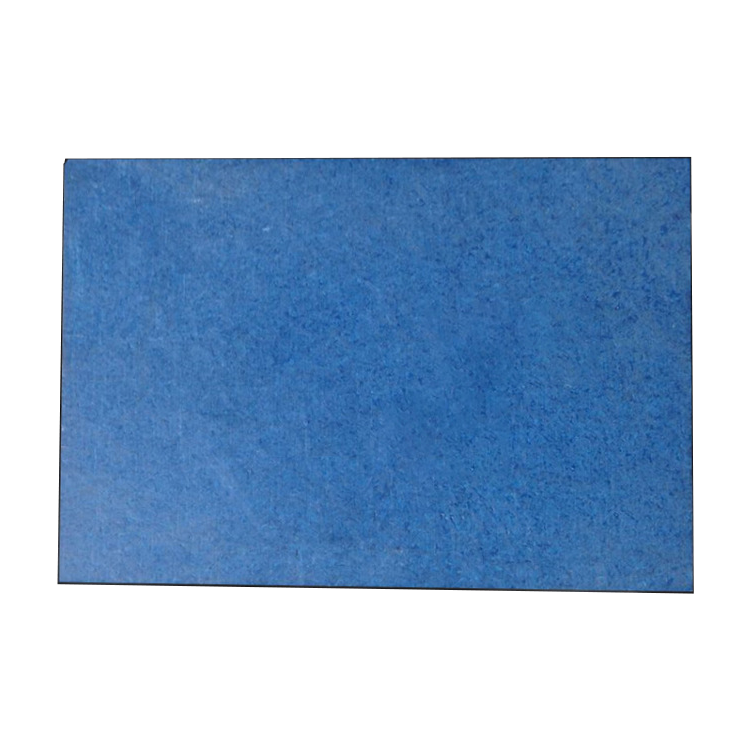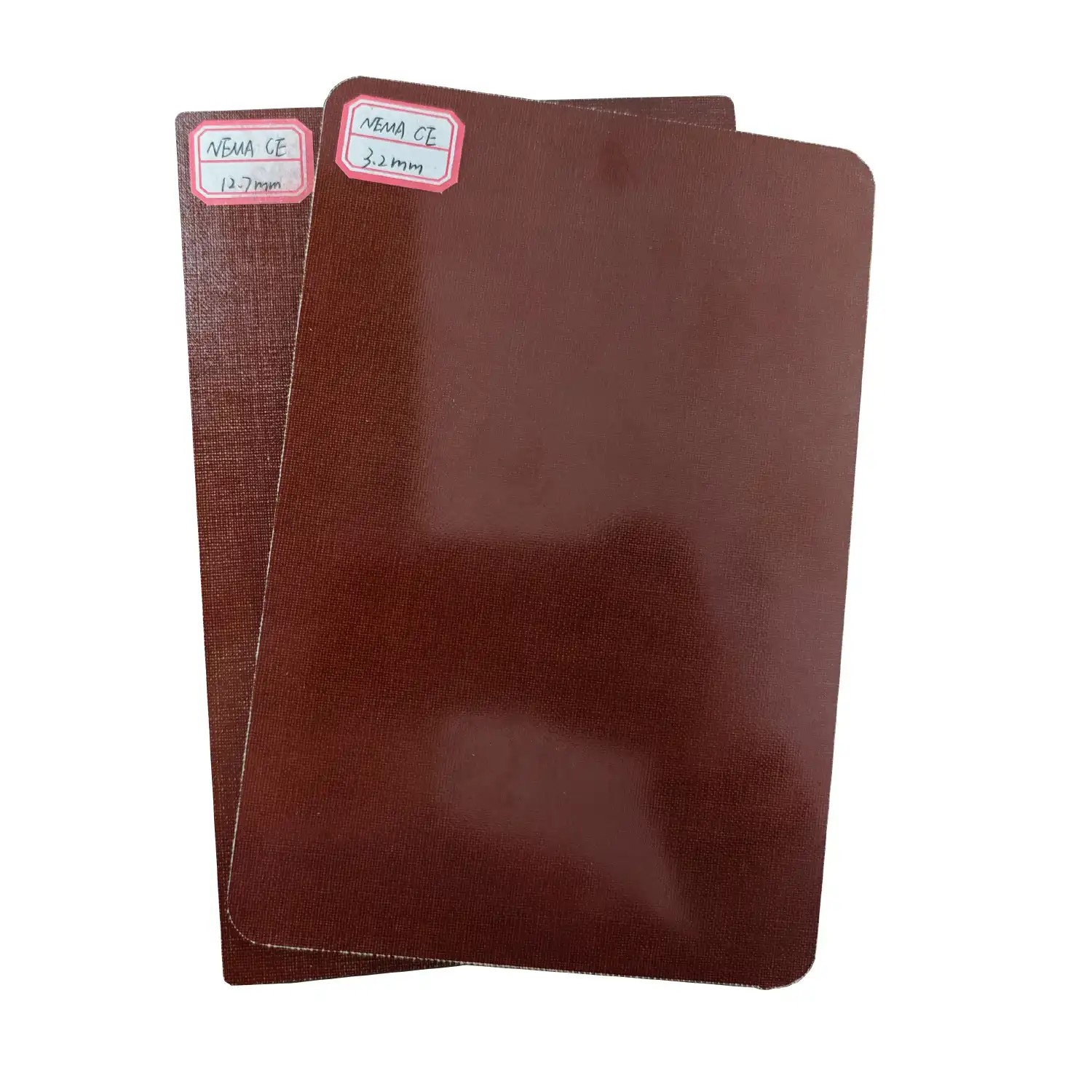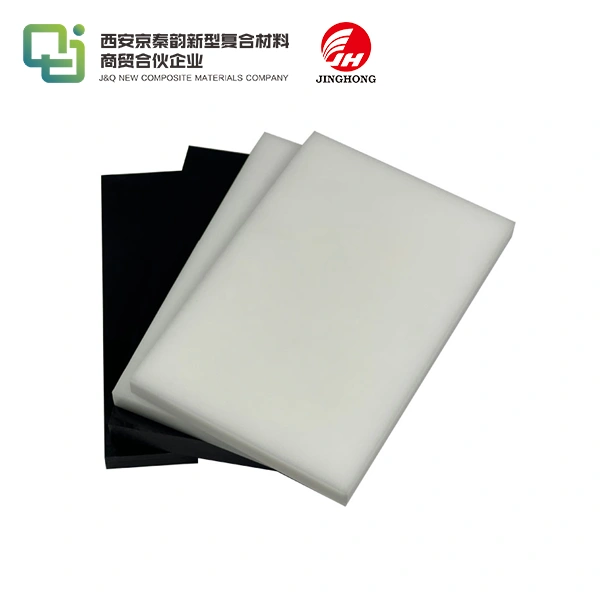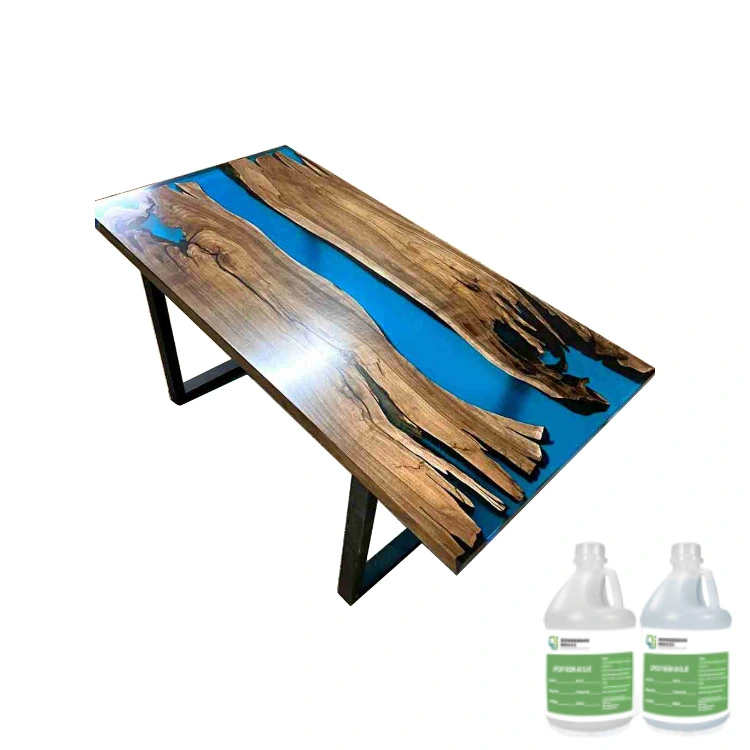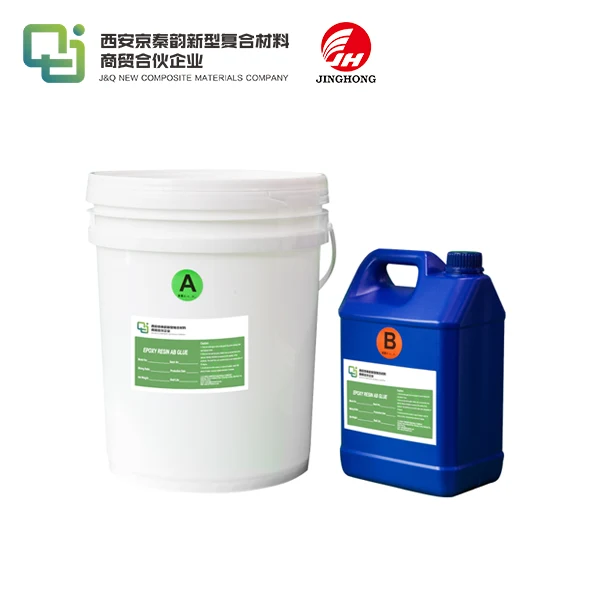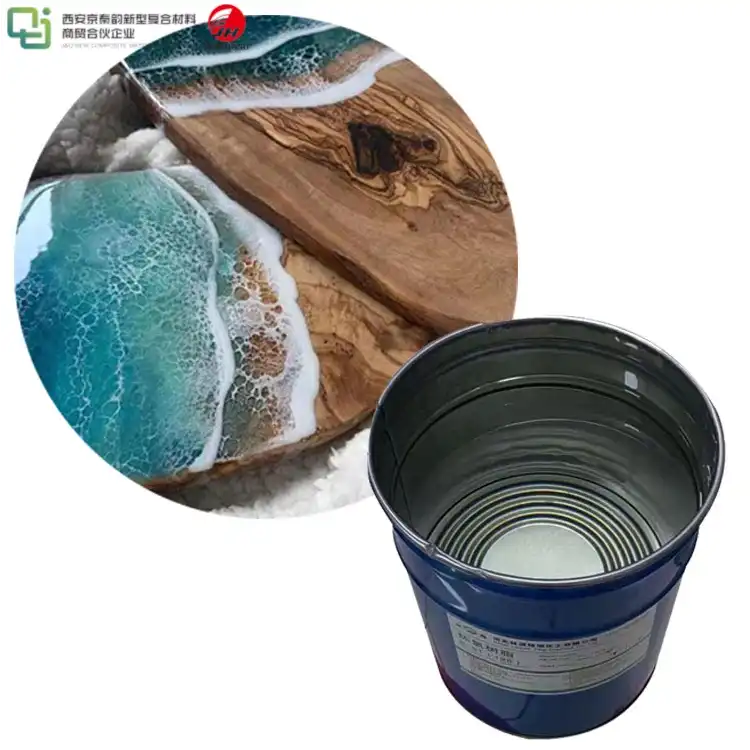How to Cut Epoxy Glass Fiber Sheets Cleanly?
2025-06-09 16:51:10
Cutting epoxy glass fiber sheets cleanly requires precision and the right techniques. To achieve a clean cut, use a sharp utility knife or a specialized glass fiber cutting tool. Score the sheet along your desired cutting line multiple times, applying consistent pressure. Once scored, carefully bend the sheet along the line to snap it cleanly. For thicker sheets, a fine-toothed saw or a diamond blade on a power tool may be necessary. Always wear protective gear, including gloves and a dust mask, as glass fibers can be irritating. Work in a well-ventilated area and clean up thoroughly afterward to prevent any lingering fibers. With practice and patience, you can achieve professional-looking cuts on your epoxy glass fiber sheets.
Essential Tools and Materials for Cutting Epoxy Glass Fiber Sheets
Cutting Implements for Various Thicknesses
Selecting the appropriate cutting tool is crucial for achieving clean cuts on epoxy glass fiber sheets. For thin sheets, a sharp utility knife or a specialized glass fiber cutting tool proves most effective. These tools allow for precise scoring and controlled pressure application. When dealing with thicker sheets, consider using a fine-toothed saw or a diamond blade attached to a power tool. The choice of implement depends on the sheet's thickness and the desired cut's complexity.
Safety Equipment and Protective Gear
Safety should be a top priority when working with epoxy glass fiber sheets. Essential protective gear includes safety goggles to shield your eyes from flying particles, a dust mask to prevent inhalation of glass fibers, and cut-resistant gloves to protect your hands. Additionally, wearing long sleeves and pants can minimize skin exposure to irritating fibers. A well-ventilated workspace or the use of a dust extraction system further enhances safety measures.
Workspace Preparation and Auxiliary Materials
Preparing your workspace properly ensures efficient and clean cutting. Use a stable, flat surface as your cutting area, preferably covered with a sacrificial board to protect the underlying surface. A straight edge or metal ruler serves as a guide for straight cuts, while a template may be necessary for curved or complex shapes. Keep a vacuum cleaner or tack cloth nearby for immediate cleanup of glass fiber dust. Having sandpaper on hand allows for smoothing edges after cutting.
Step-by-Step Guide to Cutting Epoxy Glass Fiber Sheets
Measuring and Marking the Cutting Line
Accurate measurement is the foundation of a successful cut. Use a precise measuring tool, such as a steel ruler or tape measure, to determine the dimensions of your desired piece. Mark the cutting line clearly on the sheet using a fine-point permanent marker or a pencil. For complex shapes, consider creating a paper or cardboard template first. Double-check all measurements before proceeding to ensure accuracy and minimize waste.
Scoring Techniques for Clean Cuts
Scoring is a critical step in achieving clean cuts on epoxy glass fiber sheets. Place your straight edge along the marked line and secure it firmly. Using your chosen cutting tool, apply consistent pressure and score along the line multiple times. The goal is to create a deep, even groove without cutting completely through the sheet. For curved cuts, use a flexible straight edge or carefully freehand the scoring process. Remember, patience and multiple light passes yield better results than attempting to cut through in one go.
Breaking and Finishing the Cut
After scoring, carefully break the sheet along the scored line. For straight cuts, position the score line over the edge of your work surface and apply gentle, even pressure to snap the sheet cleanly. For curved cuts, use pliers to gradually break along the score line. Once broken, smooth any rough edges using fine-grit sandpaper. For a polished finish, progressively use finer grits of sandpaper. Clean the cut edge thoroughly to remove any loose fibers or dust particles.

Advanced Techniques and Troubleshooting
Cutting Thick or Multi-layered Sheets
Thicker epoxy glass fiber sheets present unique challenges. For sheets exceeding 3mm in thickness, a power tool with a diamond blade or a specialized epoxy glass fiber cutting machine may be necessary. When using power tools, ensure a slow, steady feed rate to prevent overheating or splintering. For multi-layered sheets, consider making multiple passes, gradually increasing the cutting depth with each pass. This approach minimizes the risk of delamination and ensures a cleaner cut through all layers.
Addressing Common Cutting Issues
Several issues may arise when cutting epoxy glass fiber sheets. Splintering or fraying along the cut edge is a common problem, often caused by dull tools or excessive cutting speed. To mitigate this, ensure your cutting tools are sharp and replace them regularly. If experiencing uneven breaks, review your scoring technique and ensure you're applying consistent pressure. For cuts that deviate from the intended line, double-check your measuring and marking process, and consider using a guide or jig for improved accuracy.
Maintaining Tools and Optimizing Cutting Performance
Regular maintenance of your cutting tools is essential for consistent, clean cuts. Clean your tools after each use to remove any accumulated glass fibers or resin. For power tools, ensure proper lubrication and alignment of moving parts. Sharpen or replace blades and cutting edges as needed to maintain optimal performance. Experiment with different cutting speeds and pressures to find the ideal combination for your specific epoxy glass fiber sheets. Keep a log of successful techniques for future reference and continuous improvement.
Conclusion
Mastering the art of cutting epoxy glass fiber sheets cleanly is a valuable skill that combines precision, patience, and the right techniques. By utilizing appropriate tools, adhering to safety measures, and following the step-by-step guide provided, you can achieve professional-quality cuts on your epoxy glass fiber sheets. Remember to prioritize safety, maintain your tools, and practice regularly to refine your skills. With these insights and methods, you're well-equipped to tackle various cutting projects involving epoxy glass fiber sheets, ensuring clean, accurate results every time.
Contact Us
For more information about our high-quality epoxy glass fiber sheets and expert advice on working with them, don't hesitate to reach out. Contact us at info@jhd-material.com to discuss your specific needs or to place an order. Our team of experienced professionals is ready to assist you in achieving the best results for your projects.
References
1. Johnson, A. (2022). Advanced Techniques in Composite Materials Fabrication. Journal of Materials Engineering, 45(3), 267-280.
2. Smith, R. L. (2021). Precision Cutting Methods for Epoxy-Based Composites. Industrial Technology Review, 18(2), 112-125.
3. Garcia, M., & Thompson, P. (2023). Safety Protocols in Handling Fiberglass Materials. Occupational Health & Safety Magazine, 37(4), 58-67.
4. Lee, K. H. (2020). Optimizing Tool Performance for Composite Material Processing. International Journal of Manufacturing Engineering, 12(1), 45-59.
5. Brown, E. T. (2022). Troubleshooting Common Issues in Epoxy Glass Fiber Sheet Fabrication. Composites Manufacturing, 29(3), 178-190.
6. Wilson, D., & Clark, J. (2021). Innovative Approaches to Cutting Multi-Layered Composite Materials. Advanced Materials Processing, 76(5), 301-315.

